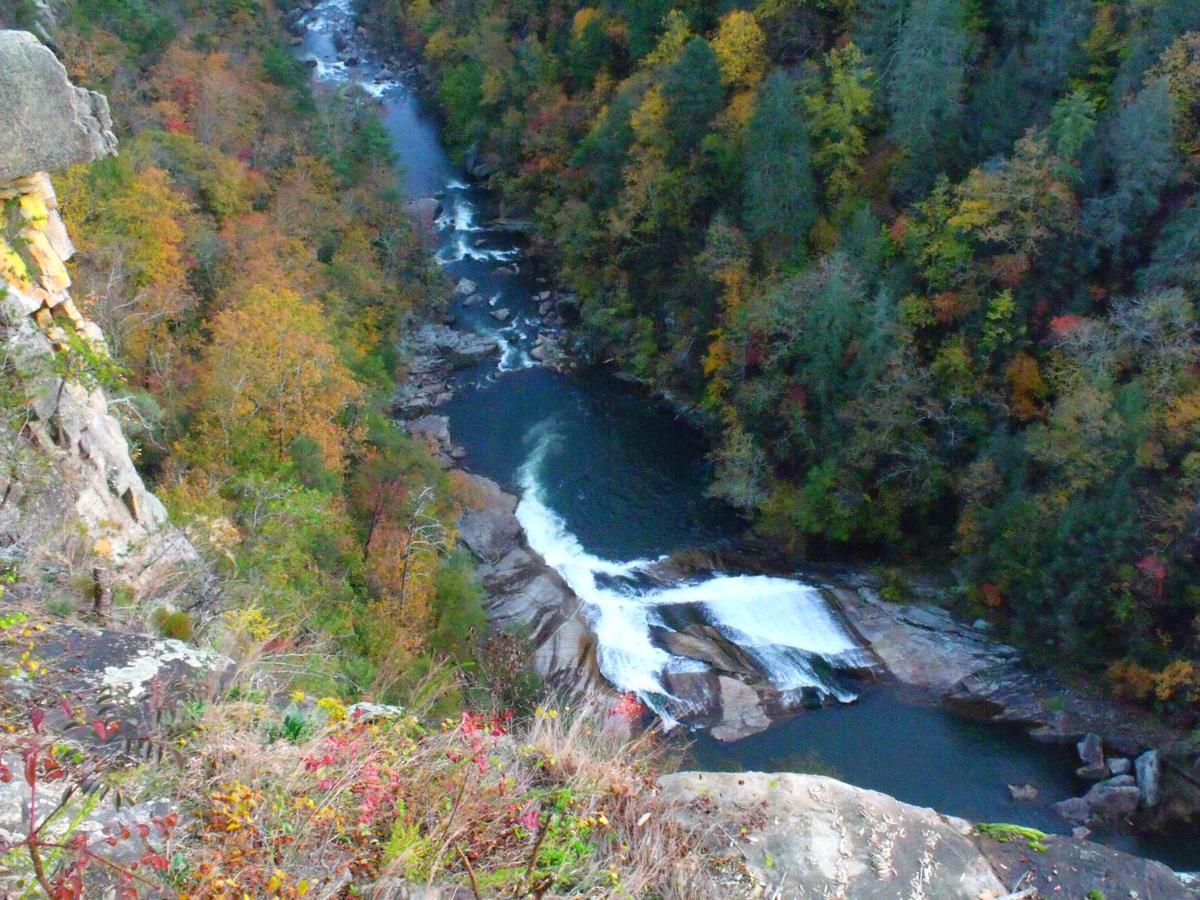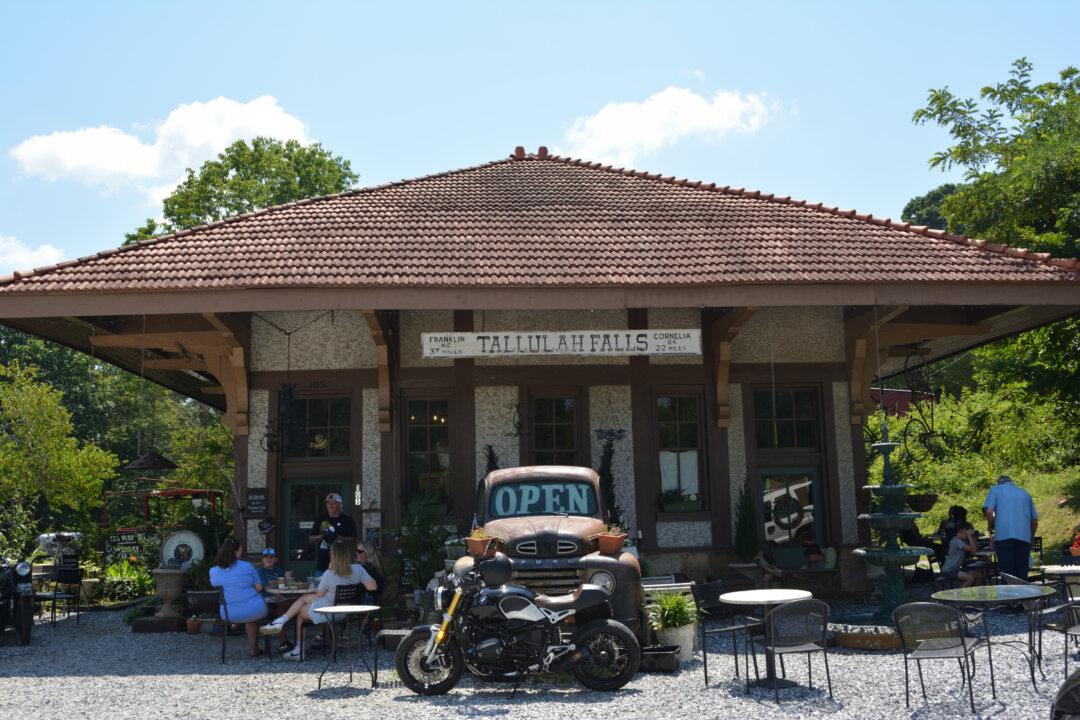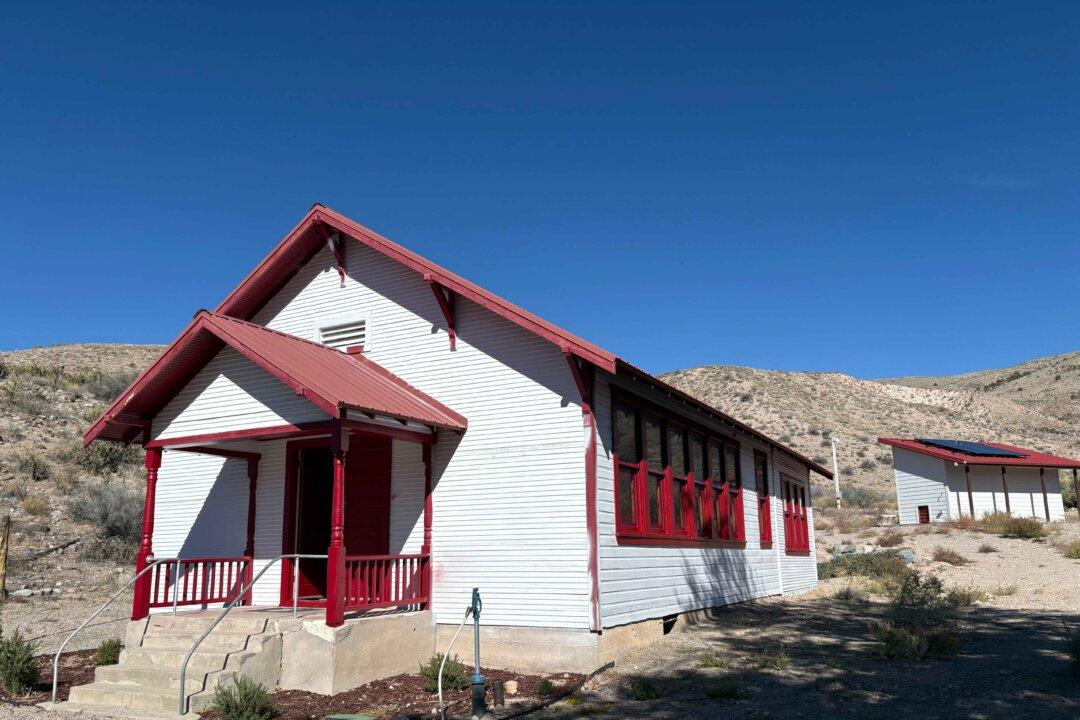For more than 100 years, thousands of people jumped on the Tallulah Falls Railway, also known as “The TF” and “TF & Huckleberry,” which ran from Cornelia, Georgia, to Franklin, North Carolina. Most of these passengers were from the Atlanta area, seeking the cooler temperatures of the Blue Ridge Mountains, especially during the summer months. The train took them to a wonder referred to as the “Niagara of the South”: Tallulah Falls, a two-mile long and nearly 1,000-foot-deep canyon that includes a series of six cascading waterfalls.

Tallulah Falls was once a prime vacation destination for Georgians. Deena C. Bouknight





